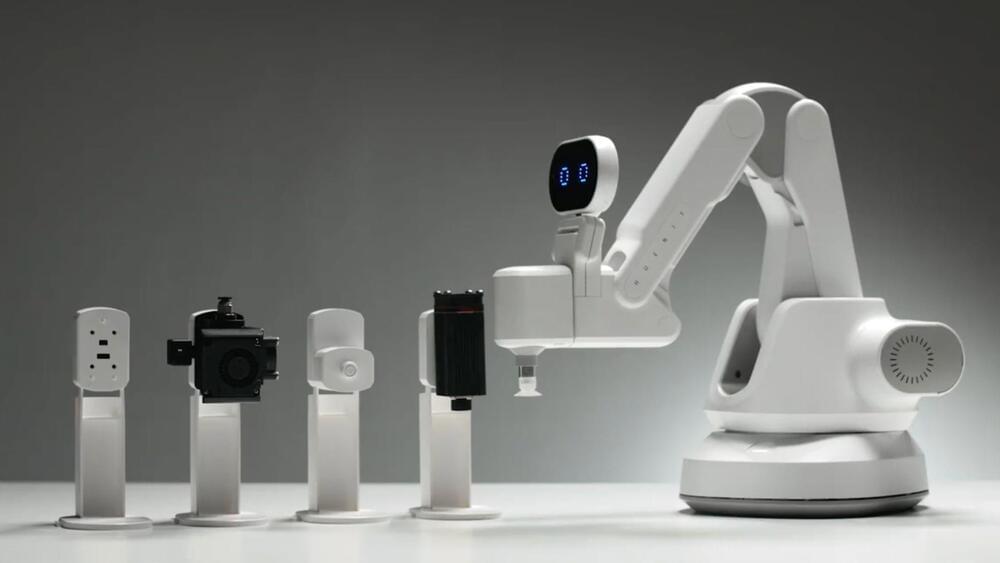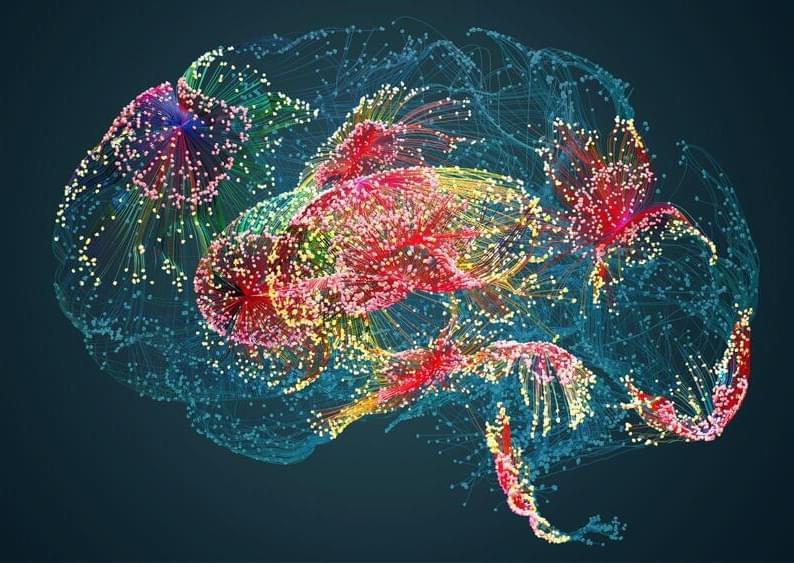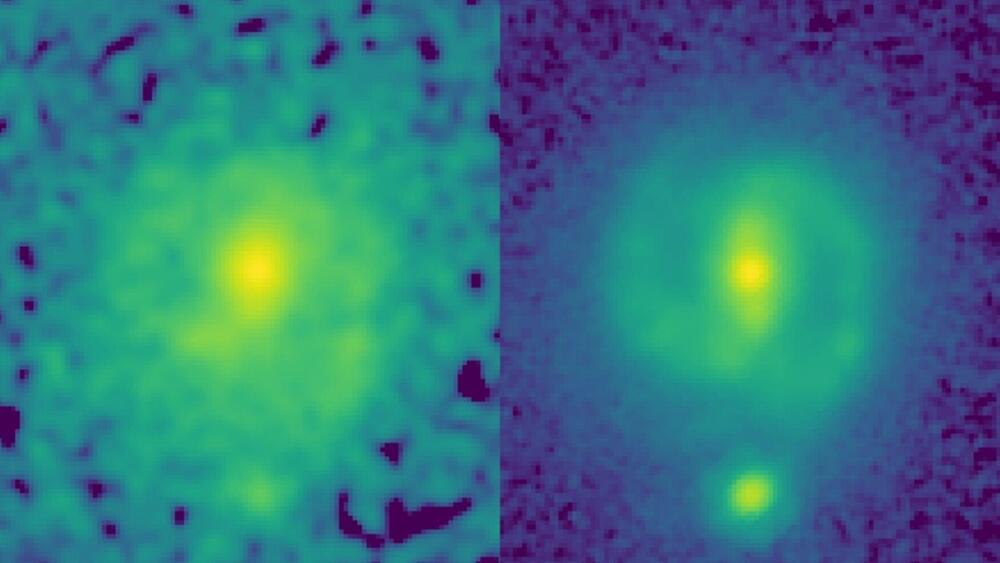Research finds secret of durability of buildings such as the Pantheon could be in the techniques used at the time.


It is the first bionic hand with a multi-touch feedback feature and boasts a 32-grip pattern.
Psyonic, a bionic device manufacturer, presented the Ability Hand at CES 2023, the world’s first touch-sensing bionic hand. The hand can feel the things it holds, even the most delicate objects. It is a bionic prosthetic device, and the company aims to deliver it to more people than ever.
Psyonic.
The product is the first bionic hand with a multi-touch feedback feature. It weighs only 490 grams, which is 20 percent less than the average human hand. It has a 200-millisecond closing speed that makes it faster than any other bionic hand available on the market. It means it closes its fingers at a lightning-fast speed that shows its capability to grasp things faster than other bionic hands.

It can also rotate 220 degrees and lift up to 26.5 ounces of weight.
Supernova, a South Korean startup, has designed HUENIT, a robotic arm to help people with various household chores and creative tasks. Supernova showcased its AI Camera and Robot Arm at CES 2023. The company has been developing innovative robots to help people with everyday tasks.
Although many innovative technologies were showcased at the CES 2023, the Huenit Robot Arm captured the attention of visitors. HUENIT is an easy-to-use AI-based multi-functional robotic arm that combines advanced AI technologies with a modular arm to work on complex tasks with high precision. The robot can do everything from making coffee to 3D printing a prototype.
The robot is used for installing implants.
Could a robot make dentistry speedier and more comfortable? That’s what the new Yomi robot aims to do for implants, according to the device’s website. “We created Yomi to tackle one of the dental procedures people fear the most, implants,” write the robot’s inventors on their site.
The first and only FDA-approved dental surgery robot.
“Yomi is the first and only FDA-cleared robotic system for dental surgery. Through a combination of haptic feedback, intuitive visualization, and audio cues, Yomi helps doctors place implants with superior accuracy and precision.”
Yomi.

Not as a charger but as an antenna.
A team of researchers at the University of Massachusetts Amherst has found that the human body could be a useful tool to harvest waste energy and use it to power devices in the future, including those used for 6G, the next generation of wireless communication, a university press release said.
The world has just begun to experience the wonders of 5G wireless communication that has been rolled out in many countries across the world. The next generation, though, referred to as 6G, promises up to 1,000 times faster, even faster data rate and a tenth of the latency seen with 5G.
Tippapatt/iStock.
The era of the Internet of Things (IoT) that is expected to begin with 5G will enter a new phase with its successor, with an even larger number of devices and sensors expected to come online. The higher communication speeds in 6G are being estimated due to the development of Visible Light Communication (VLC), a type of wireless fiber-optic network.

Can we wave goodbye to high attorney fees already?
A program trained with the help of artificial intelligence is set to help a defendant contest his case in a U.S. court next month, New Scientist.
Posteriori/iStock.
In a new development, a company, DoNotPay, which has been training AI, has now claimed that its program will be able to defend a speeding case that is due to be heard in a U.S. court in February 2023. Identities of the individual and the court remain under wraps, but we do know that the defendant is contesting a speeding ticket.

ChatGPT has taken the world by storm with its surprisingly sharp replies to prompts. At CES 2023, an expert explained it could kickstart a new wave of AI.
Artificial intelligence is entering a second wave of development as signalled by the likes of ChatGPT, an expert in the field explained Thursday.
NurPhoto / Contributor/Getty Images.
Developed by OpenAI, ChatGPT stunned observers in late 2022 with its ability to produce answers to abstract and complex questions. Speaking at the 2023 Consumer Electronics Show in Las Vegas on Thursday, Zico Kolter, chief scientist of AI at Bosch, explained how the system’s ability to respond to input from a variety of sources move away from application-specific AI systems and toward a more general system that works in a variety of cases.

Though the team largely explains the function of SLYM in mice, they do study its presence in the adult human brain as well.
The human brain is tremendously complex, and scientists are yet to unlock its full potential. Now, a discovery has identified a previously unknown component of brain anatomy that doubles up as a protective barrier for our grey matter and a platform from which immune cells can monitor the brain, according to a release.
Maiken Nedergaard, co-director of the Center for Translational Neuromedicine at the University of Rochester and the University of Copenhagen, and Kjeld Møllgård, M.D.
Nopparit/iStock.
The researchers named the layer SLYM, an abbreviation of Subarachnoidal LYmphatic-like Membrane. SLYM divides the space below the arachnoid layer and the subarachnoid space into two sections.

New James Webb observations reveal massive Milky Way-like structures that scientists didn’t expect to find in the early universe.
The James Webb Space Telescope continues to alter our understanding of the universe.
The $10 billion space observatory has observed Milky Way-like galaxies much further back in time than previously thought possible, a press statement reveals.

We’re launching proxy server support for WhatsApp users all over the world, says the tech giant.
WhatsApp users can now connect using proxy servers to stay online even if the internet is blocked or otherwise interfered with by clampdowns, the Meta has revealed.
We’re launching proxy support for WhatsApp users all over the world.
Getty Images.
WhatsApp, the social networking platform with two billion users worldwide, announced its new year’s present on Thursday for users who continue to be denied the ability to reach their loved ones because of internet shutdowns.